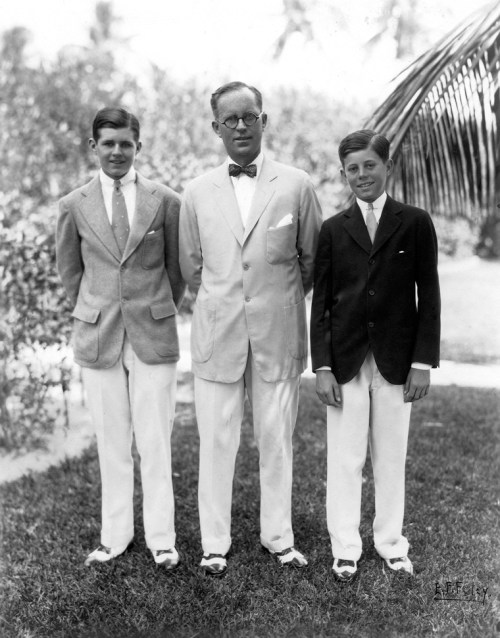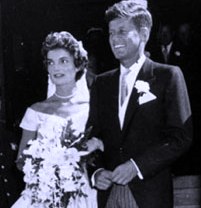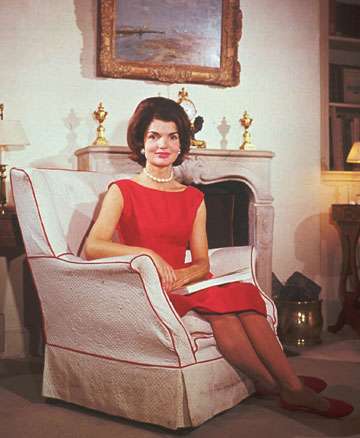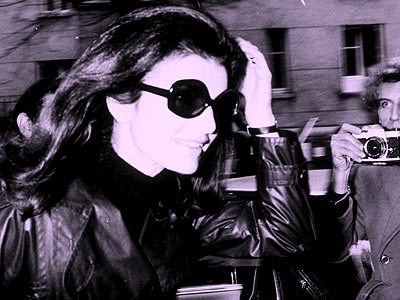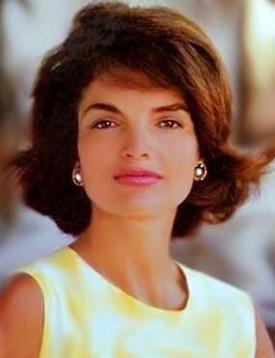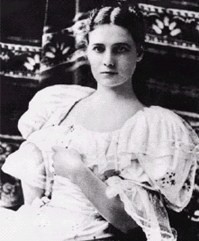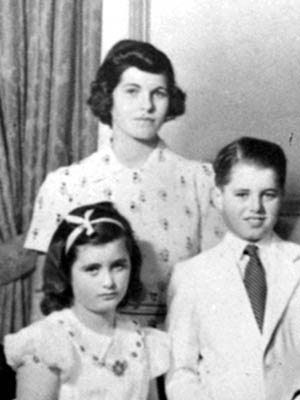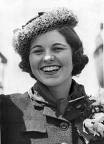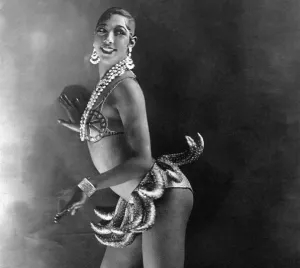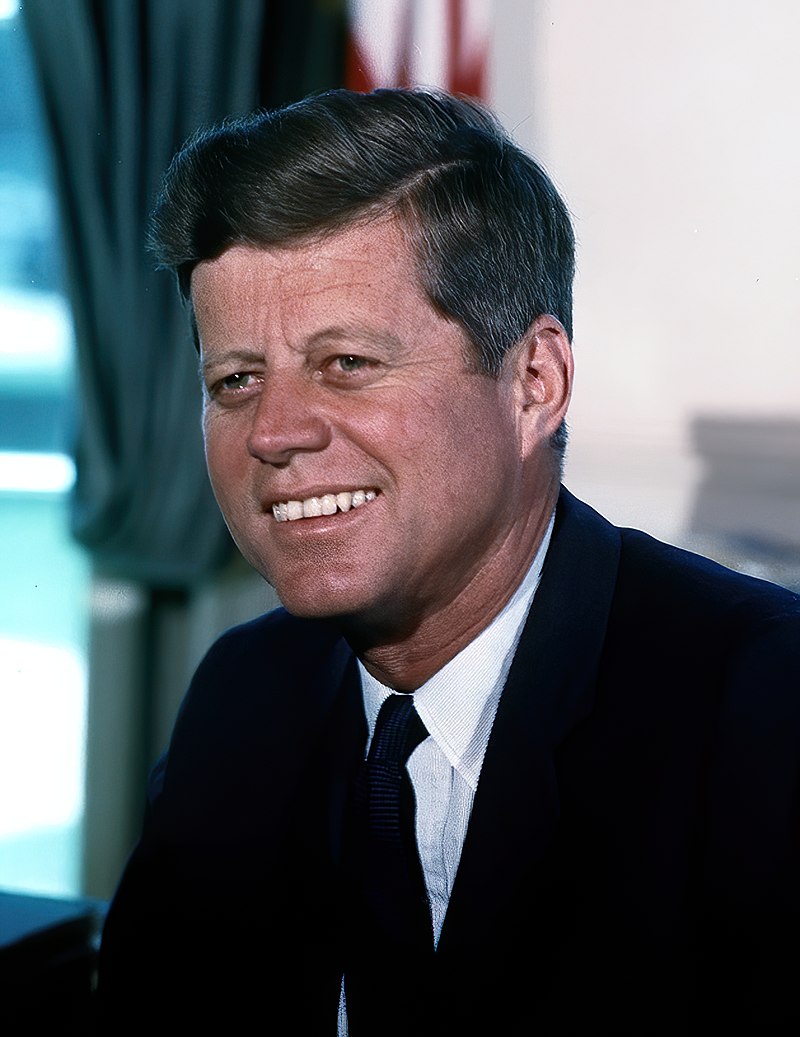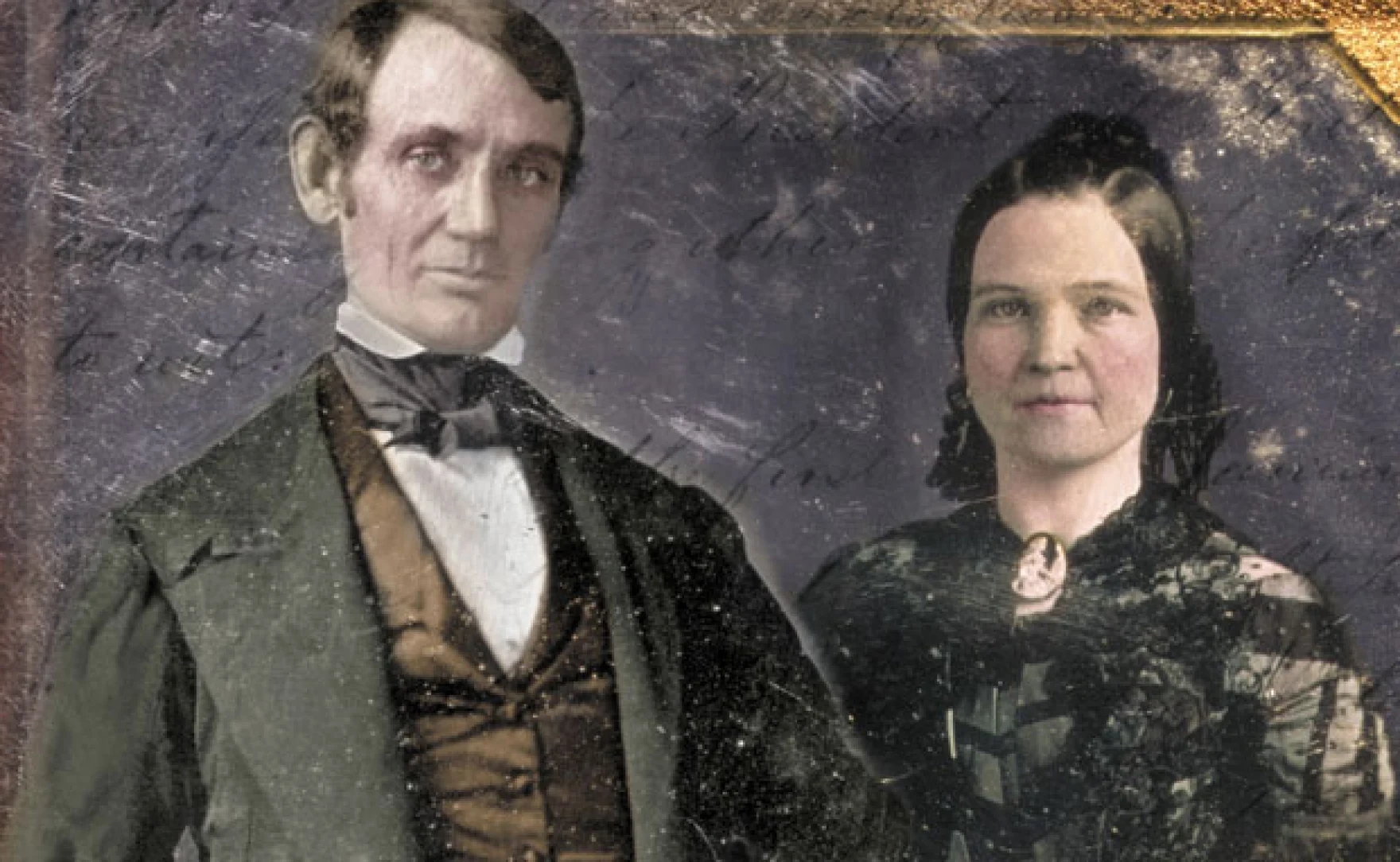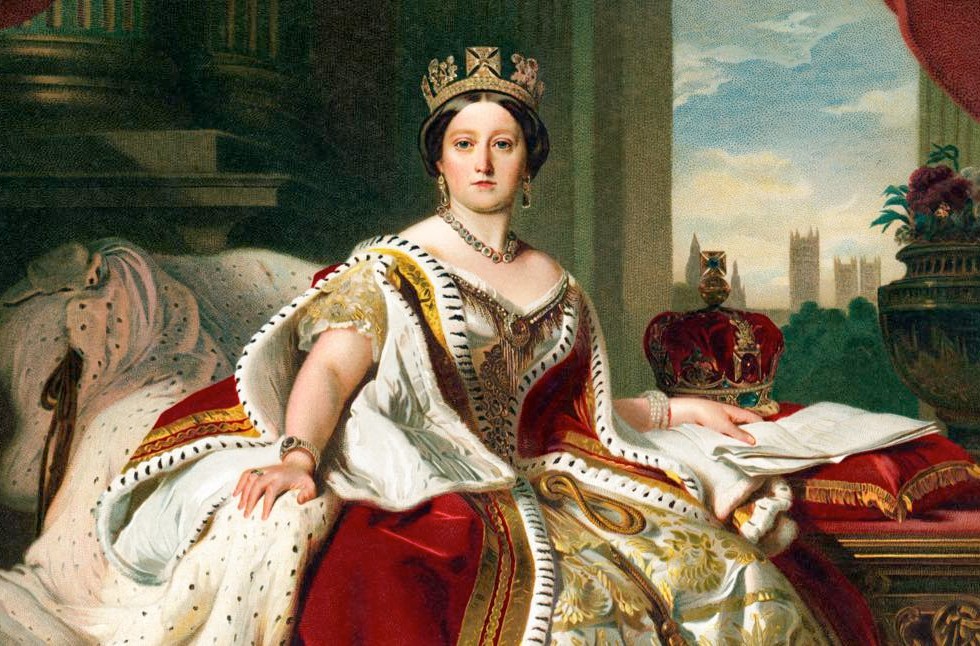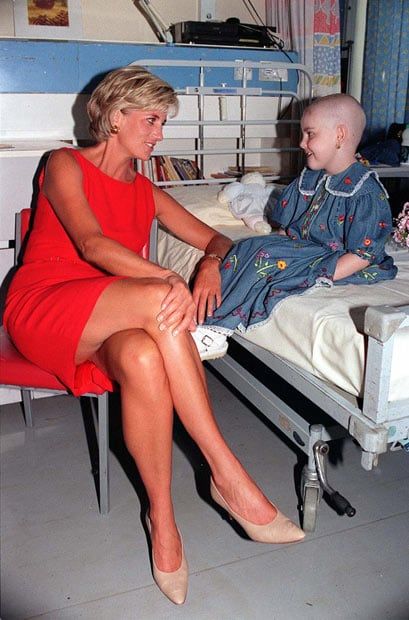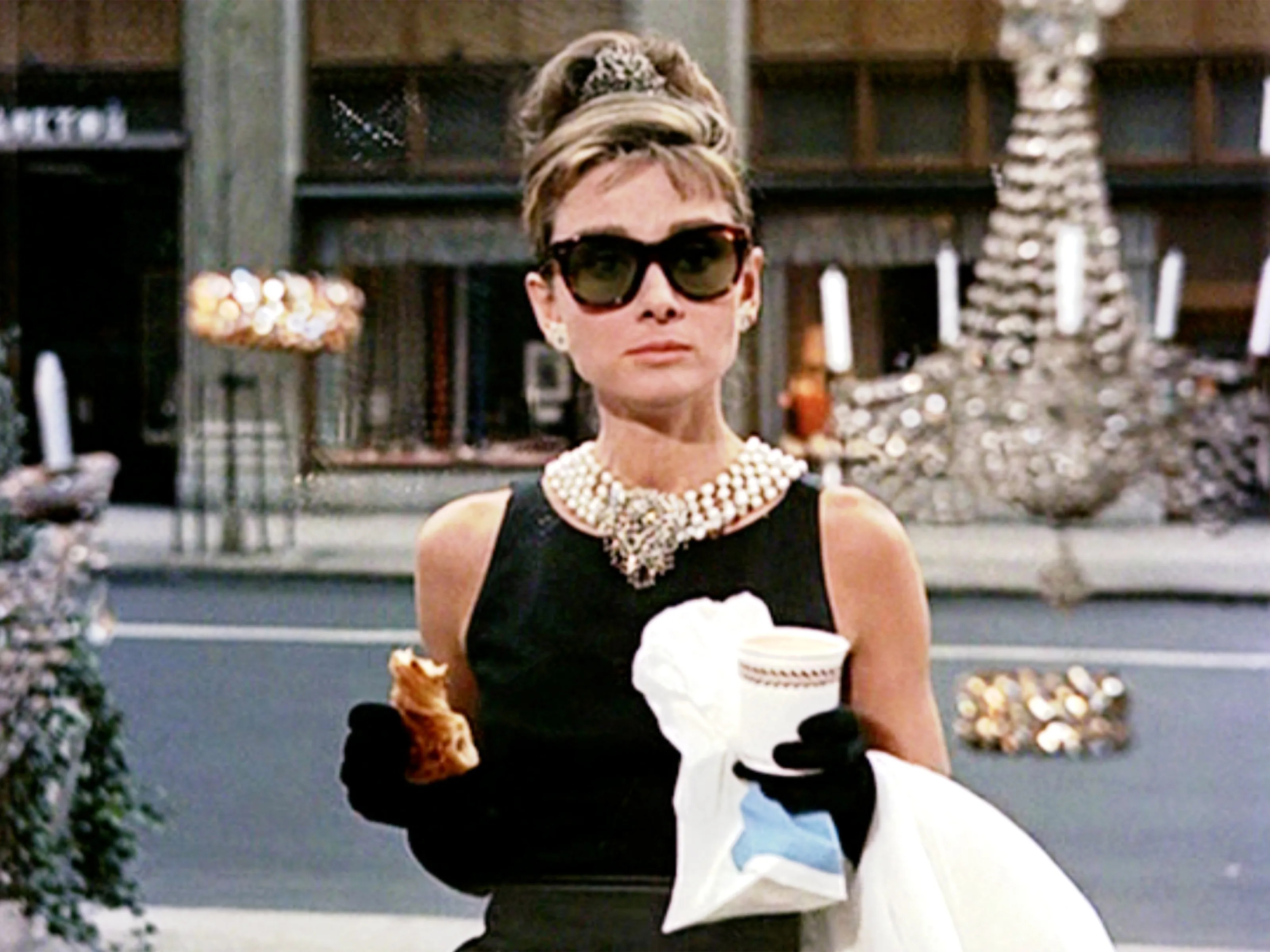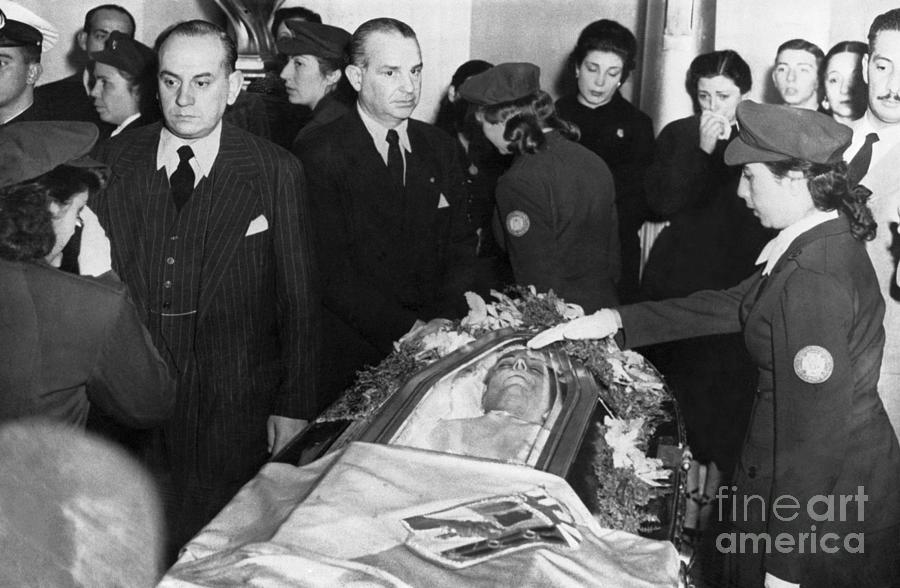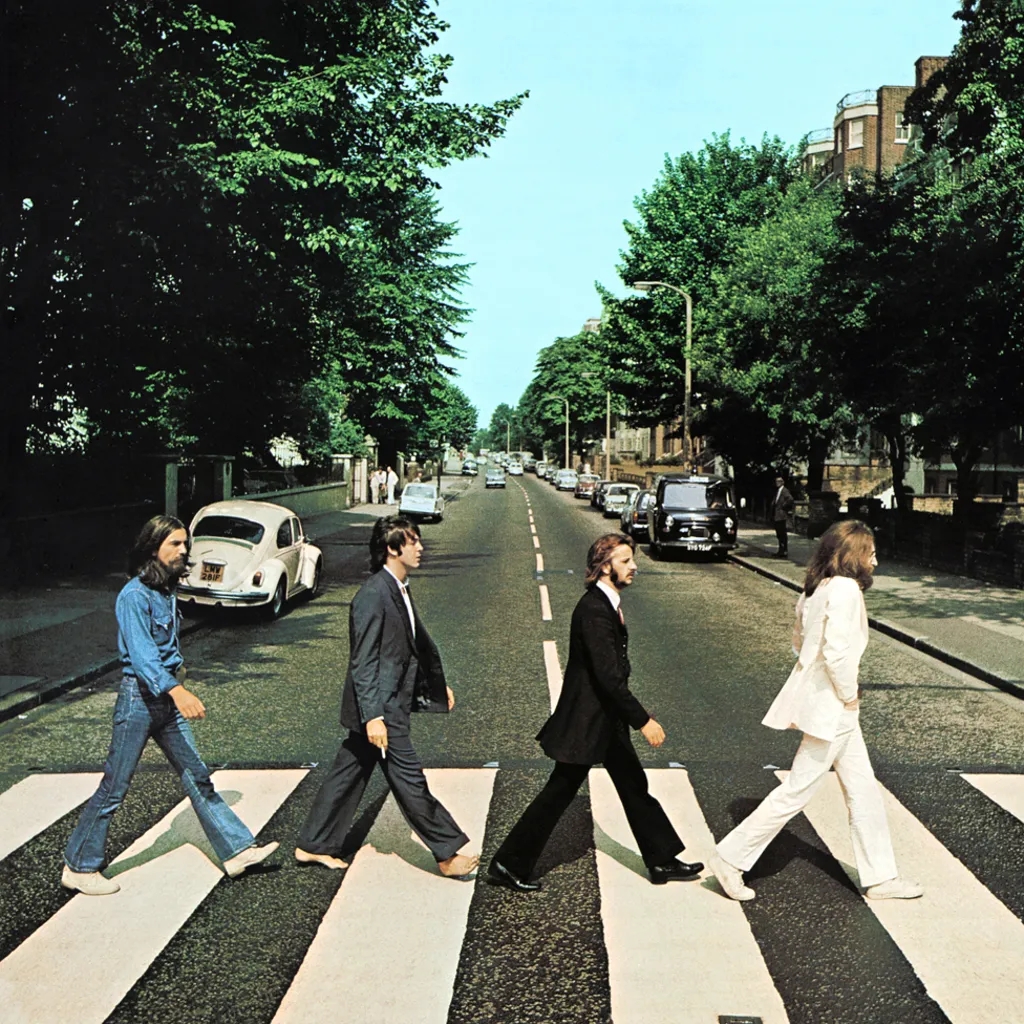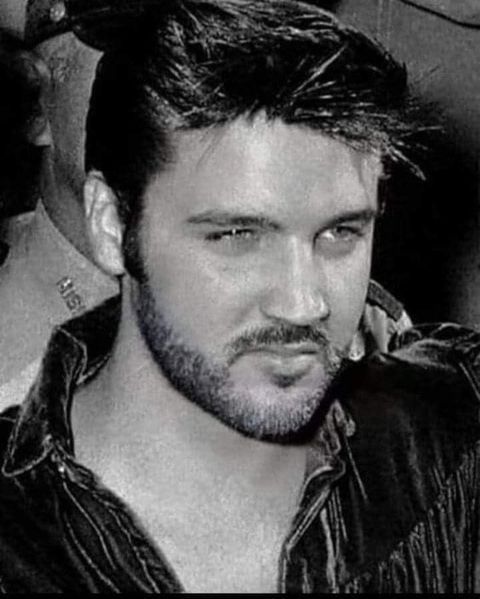
Jackie Kennedy holds son John F. Kennedy, Jr., born November 25, 1960, 16 days after his father, John F. Kennedy won the presidential election. He was nicknamed “John-John.” Three years later on his own birthday, John F. Kennedy, Jr. would salute his father’s coffin at his funeral.
Jacqueline Kennedy Onassis (1929-1994) is remembered for many things, her fashion statements, her redecoration of the White House, her brave young face at the 1963 funeral of her slain husband President John F. Kennedy. There were many things she cared about. But what mattered to her most in life was raising her two children, John F. Kennedy, Jr., and Caroline Kennedy (Schlossberg), to be good people. She said:
“If you bungle raising your children, I don’t think whatever else you do matters very much.”
She wanted so much for her children to lead normal lives. But, in the aftermath of JFK‘s assassination, it proved to be an impossible dream. She tried to continue living in their Georgetown home but tour buses added it to their route and reporters mobbed them on their doorstep. The crowds were too much to bear.
“The world is pouring terrible adoration at the feet of my children,” she’d once confided to her decorator Billy Baldwin, “and I fear for them, for this awful exposure. How can I bring them up normally?” (1)
Jackie ended up moving them all to New York where, to her dismay, she discovered her children weren’t being invited for playdates and parties by their school friends. It turned out that their parents were intimated by the Kennedy children’s fame.

Jackie Kennedy, wife of then-Senator John F. Kennedy, reads a bedtime story to daughter, Caroline, at the family home in Hyannisport, Massachusetts. Jackie Kennedy loved books and passed this joy on to her children. September 13, 1960
In the post-JFK years, Jackie wasn’t just mobbed by tourists and reporters. The beautiful and charming young widow was besieged by male suitors, among them author Philip Roth, Frank Sinatra, Marlon Brando, and director Mike Nichols. Jackie’s friend and White House advisor Letitia Baldrige said that, even in the pre-JFK years, “she [Jackie] had more men per square inch than any woman I’ve ever known.”

Jackie Kennedy Onassis with husband Ari Onassis on June 5, 1969, at New York’s Kennedy Airport
By 1968, Jackie’s most serious – and unlikely – suitor was Greek shipping tycoon Aristotle Onassis, “Ari,” for short. Whereas Jackie was cultured, sleek, and classy, Onassis was short, paunchy, and often rumpled and vulgar. Plus, he was 23 years Jackie’s senior. The Kennedy clan despised him. JFK’s younger brother, Robert “Bobby” Kennedy, who was running for president that year, urged Jackie to break off her relationship with Onassis. She promised him that she would put off talk of marriage until after the presidential election.
Then, on June 5, 1968, just moments after winning the California primary, Bobby Kennedy was assassinated. Jackie was devastated – and terrified.
I despise America,” a distraught Jackie told a friend. “If they are killing Kennedys, my children are the No. 1 targets. I want to get out of this country.”
She did, on October 20, when, in a small private ceremony, she wed Ari Onassis on the Greek isle of Skorpios. She was 39; he was 62. (1)
Readers, I’ve written several posts on the Kennedy family. Scroll down the sidebar to the right: Categories – Kennedys. Among them are:
“How to Be Jackie O”
“Did Jackie Love Bobby Best?”

